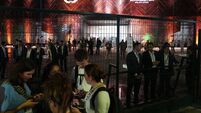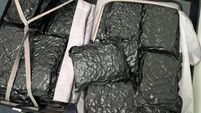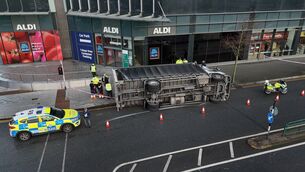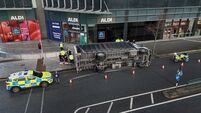Kerry's Skellig Michael at risk of damage due to climate change, report warns
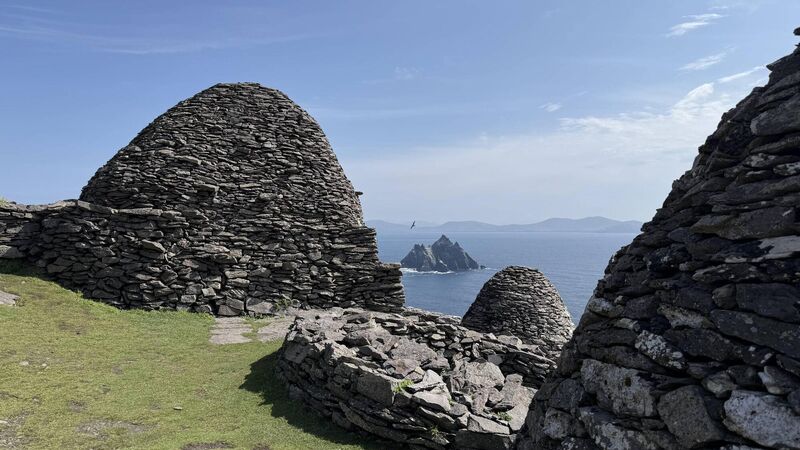
Comparison with a study from 10 years ago showed several of the impacts predicted from climate change have increased at the site, including rock fall, erosion and access issues. Picture: Gemma Tipton
A report on the potential impact of climate change on Skellig Michael off the coast of Kerry warns of deterioration of built structures as well as impacts on birdlife and on tourism.
The Kerry Unesco World Heritage site — and site of a film — is one of 10 international sites and the only Irish site to be examined under the National Geographic Society's Preserving Legacies Project.
Other sites vulnerable under scrutiny include Petra in Jordan and Angkor in Cambodia. The aim is to establish how to protect and preserve the sites in the light of climate change.
The report says the Great Skellig island, 11.6km off the coast, is likely to suffer damage from rising seas, more rainfall and warmer oceans, erosion and habitat damage, harming the 6th-century monastic structures, as well as bird life and tourism.
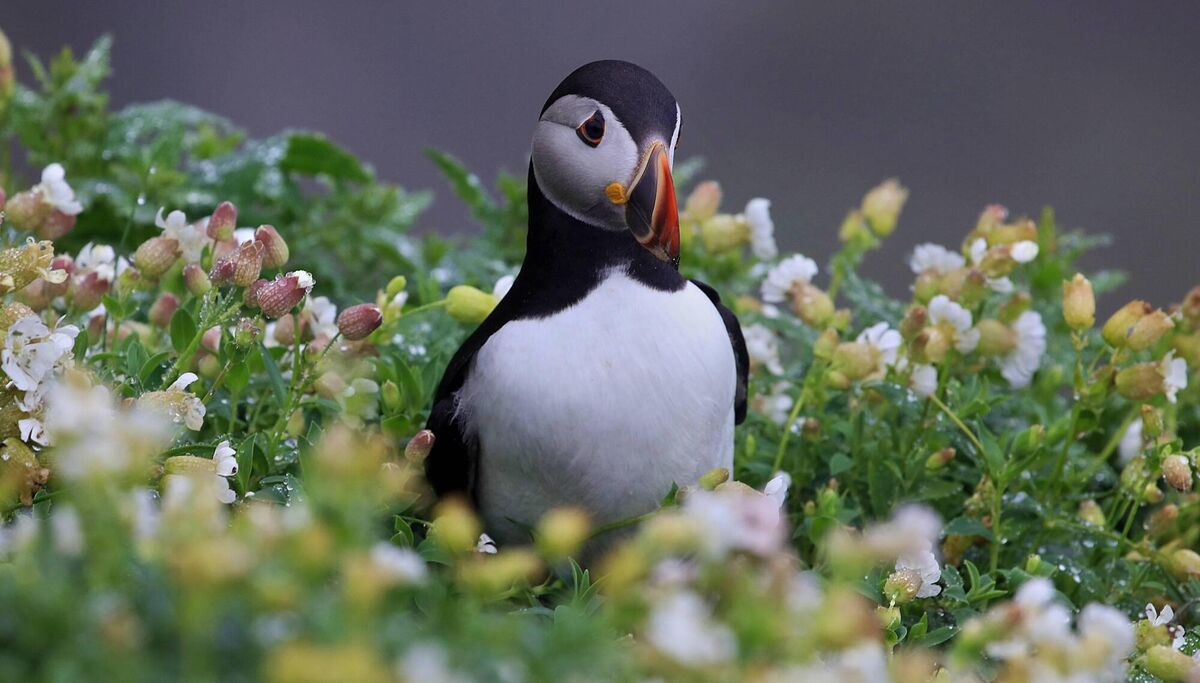
Among the most urgent risks are higher ocean temperatures, which will impact on the breeding birds on Skellig. Increased salt spray will also impact.
There is also high risk rising sea levels and more intense storm surges will lead to a reduced accessibility to the island for visitors. Heavy rainfall combined with prolonged dry periods could result in increased rockfalls, posing a danger to life.
There is also a high risk of heavy rainfall leading to slumping of the monastic structures.
Comparison with a study from 10 years ago showed several of the impacts predicted from climate change have increased at the site, including rock fall, erosion and access issues.
So far, management measures by the Office of Public Works have contained the damage, and this includes a number of rock falls, according to a report by Carrig Conservation International, prepared for the National Monuments Service and the OPW.
Subsidence on the Skellig is historic. However, since 2018, surveys have shown an annual shift of 5mm and more in the retaining wall below St Michael’s Church.
There are fears increased rain with climate change will destabilise some of the structures on the island.
“Rain washes soil into and through dry-stone walls, washes mortar out of walls [lighthouse period structures]. Wind causes mechanical damage including stone throw [dry-stone walls],” the report says.
CLIMATE & SUSTAINABILITY HUB




